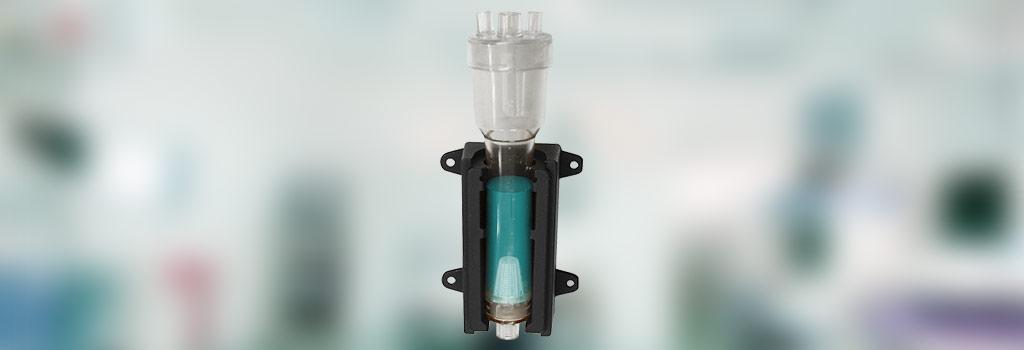Bubble sensors are an ideal method to detect air bubbles in liquids. Unlike more traditional detection methods, bubble sensors do not require altering the tubes' structures. Instead, they do the job with easy wall mounting and installation. The process is simple enough for any person to carry out just by reading the instruction manuals and without the intervention of a professional.
Ultrasonic bubble detectors are composed of four components: ultrasonic beam, receiver, transmitter, and housing. The transmitters and the receivers are placed on opposite sides of each other, with a hollow space available for the tube. The transmitter ejects ultrasonic beams, and the detection strength felt by the receiver indicates the presence or absence of air bubbles.
Diameter of the Tube
The diameter of the inner and outer regions of the tube can greatly impact the strength of the ultrasonic beams that will be detected on the receiver end of the ultrasonic bubble detectors. Increasing the strength of the transmitter’s ultrasonic beams for tubes with thicker walls can increase the accuracy of the detection. Weaker ultrasonic beams can only operate successfully where the tube walls are paper-thin.
Liquid Visibility
The selection of bubble sensors comes down to the physical characteristics of the liquid flowing through the tubes. Different bubble detectors use different techniques to detect the bubbles in the tubes. The principle of refraction of light is adopted for transparent or mildly transparent liquids. On the other hand, for virtually clear liquid, bubble sensors use the principle of light absorption. With all that being said, it’s critical to note that the tubes themselves need to be transparent, and the bubble sensors simply won’t function with the use of colored tubes.
Calibration Capabilities and Versatility
Having an air bubble detector that can detect air bubbles in tubes made of different materials can reduce the need for purchasing different air bubble detectors for different materials. Additionally, the calibration capabilities allow the user to alter the thresholds that generate a red flag when the number of bubbles exceeds a certain limit specified by the user. Since the user has the ability to alter the default settings of the device, it can be used in media of different wall thicknesses without the need for a different sensor.
Conclusion
Studying the qualities of the liquid and the systems operating with these liquids can simplify the purchasing decision. That’s because the exact details and requirements are considered before the final purchase. Contact us to learn more about ultrasonic bubble detectors and the options available for your business.
